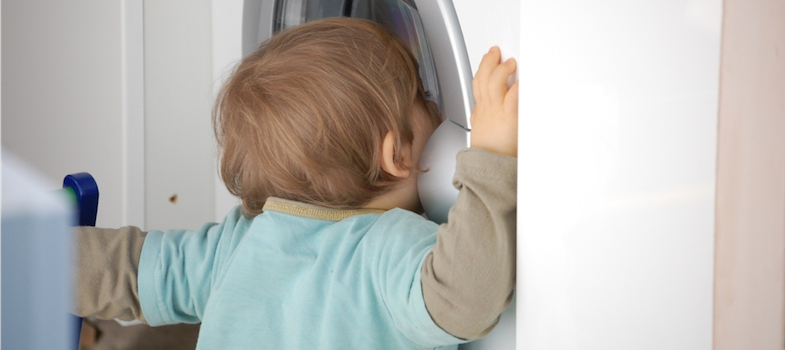Comment on Activity 2.2
It was interesting to note that the experience of using first person narrative was empowering and that it became a way of thinking and not just a way of recording an observation. However, there are clearly challenges when first undertaking observations and a need to consider how the family will respond to the process. It seems important too, that this approach is seen as a reflective tool and that you are still bringing your own values and beliefs to the process. Like other practitioners we have heard from there was a recognition that the first person observation allows you to step back and focus on what the child is doing with a capacity to reveal new things.
When we talked to the home visitors from 10 Portage services as part of the study exploring their use of In-the-Picture, they often mentioned how it focussed their attention on the child too. Not only did it make them “think and focus” on the child's experience of play, it also made them realise that they were not observing the child as much as they had thought. It encouraged them to be more aware of the subtleties of the child’s communication and their non-verbal cues, like the eye contact and the way in which they could lead the adult. They also talked about how it made them realise how their ways of working could be a barrier to the child’s involvement too; so that something which might appear straightforward “isn’t clear at all”.
A good starting point when undertaking a first person narrative is to use a notepad and pencil and simply write down a running commentary of what you are observing. Some people wrote them as bullet points and others recorded them onto their phone or a dictaphone. Others, like Margje, talked of it as a running commentary in their head. In the research situation people have undertaken observations for over an hour, but generally within a home visit people seem to spend 5-15 minutes watching the child involved in some kind of activity. Many people have said that they are concerned that they are not catching all that has happened, or that they are not ‘keeping up’ with what is going on. Practice helped people with the physical process of watching and writing, but it was also important to recognise that it is okay not to record everything. The whole process is a tool for reflection; it is not (and cannot be) a complete record of a moment in time. Recognising this will help you appreciate that using any or all of the In-the-Picture perspectives is not time consuming and can be quite spontaneous. Portage Home Visitors have reported deciding to do a first person narrative during a session to help them engage with the child's experience. Practitioners in settings have also said that they have used the observation approach as part of one-to- one play with a child.
Perhaps unsurprisingly, many of those who have used first person narrative observations have talked about the importance of re-reading the notes or sharing them with others. Some described taking their notes back to the office and typing them up or adding them to All About Me documents. Across the interviews and in the experience of the authors, there is no single right way. What is paramount though, is to give one-self permission to step back and observe and to do so through the imagined voice of the child based upon what it is you can see them doing.
